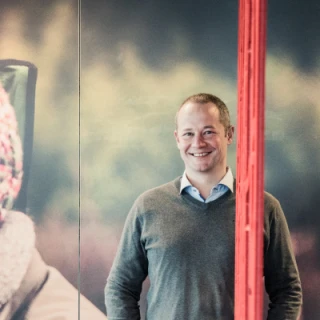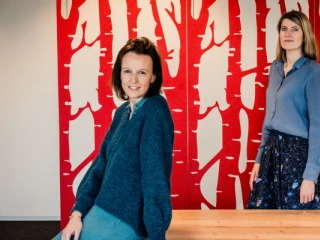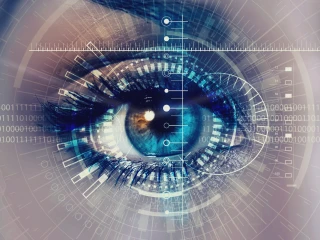“Not even that long ago, HR IT projects were mainly meant to support HR, by capturing data, streamlining processes and operational excellence”, explain Luk Moreels, project manager Intelligent Workforce and Kristof Nuytens, HCM Solution Lead at delaware. Meanwhile, according to both experts, things have been evolving fast. Firstly, by employee experience taking the forefront, with the aim to organize low-threshold, employee-centric services. Luk: “I compare that kind of employee experience to placing an order on bol.com: everything had to go quick and easy.”
Kristof: “Recently, we have seen a new trend emerging. The employee experience still remains the main goal, but we integrate multiple solutions in our projects. Such evolution is logical, since employee experience has become fragmented and has changed into a disintegrated landscape comprising of countless applications. An application for onboarding, one for performance management, for training & development, administration, benefits… the list goes on and on. Each time, an employee has to find their way around, with separate logins for each app. Moreover, these apps cannot be linked efficiently, creating plenty of overload and confusion.
Because of mandatory telework in the past year, implementation of digital collaboration tools also accelerated, such as digital meetings, but just as much solutions that replace rather informal get-togethers, like that quick update you used to do in the office when you passed someone’s desk.”
At delaware, there is a noticeable jump in demand coming from all kinds of organizations. Luk: “Organizations approach us with questions on how to merge all this again, on how technology can help to streamline employee experience.”



